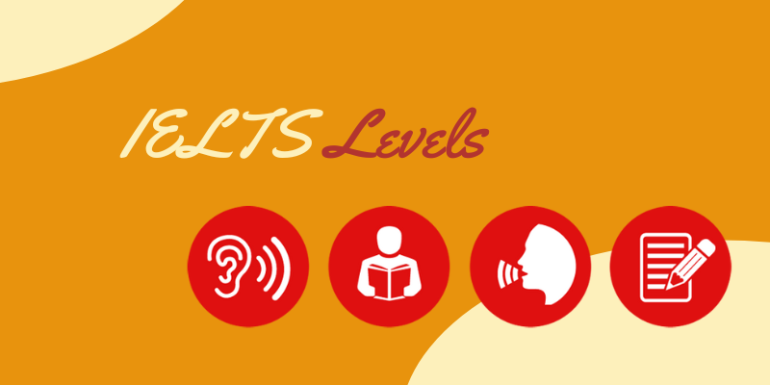The International English Language Testing System (IELTS) is a globally recognized and widely accepted language proficiency exam that evaluates an individual’s ability to understand, speak, and write in English. It is designed for people who wish to study, work, or immigrate to an English-speaking country. Whether you are planning to attend a university, pursue a career, or move to a country like the United States, the United Kingdom, Canada, or Australia, the IELTS exam plays a pivotal role in your journey.
As you prepare to take the IELTS exam, one common question that many candidates have is about the structure of the test and the levels within it. In this blog, we will delve into “How many Levels are there in IELTS?” and provide insights on what to expect from each section of the exam. If you are looking to prepare thoroughly for the IELTS exam, joining IELTS Coaching in Chennai can help you sharpen your skills and increase your confidence as you work towards your goal.
IELTS Test Structure
The IELTS exam is structured to assess the four core language skills: Listening, Reading, Writing, and Speaking. These sections are designed to evaluate a candidate’s proficiency in using English in real-world academic, social, and professional scenarios. Although the test has no specific “levels” as in traditional exams, there are varying levels of difficulty within each section of the exam. The exam is available in two formats: Academic and General IELTS, each serving different purposes.
Academic IELTS
The Academic version of the IELTS exam is aimed at individuals who are planning to study at a higher education institution or apply for professional registration. This version of the exam assesses a candidate’s ability to understand and use academic English. It tests the skills necessary for success in an academic environment and is a common requirement for university admission or professional certification in English-speaking countries.
General Training IELTS
Levels Within Each Section of IELTS
Each section of the IELTS exam is designed to progressively assess a range of language skills, from basic understanding to more complex, analytical abilities.
Listening
The Listening section consists of four recordings, each increasing in difficulty as you progress through the section. These recordings include conversations and monologues that test your ability to understand different accents, tones, and speech patterns. The difficulty escalates from everyday social conversations to more formal academic discussions. The level of detail in the listening material, such as identifying opinions, attitudes, and specific information, also increases.
Reading
The Reading section, whether for the Academic or General Training version, includes three passages. In the Academic IELTS, the passages are more focused on academic topics and texts, while the General Training version features reading material related to workplace and everyday life. As you work through the passages, the difficulty level progresses from basic comprehension to more complex analysis. The questions in this section assess a candidate’s ability to understand main ideas, identify specific details, and infer meaning from the text.
To improve your reading skills and raise your proficiency, joining IELTS Online Classes can be a valuable resource for practical tips, techniques, and strategies to tackle the section efficiently and effectively.
Writing
The Writing section includes two tasks for both the Academic and General Training versions. In Academic IELTS, Task 1 requires you to describe visual data such as graphs, charts, or diagrams, while Task 2 asks you to write an essay responding to an argument or issue. In the General Training IELTS, Task 1 involves writing a letter based on a given situation, and Task 2 also requires an essay. The complexity of the writing tasks increases based on your ability to communicate ideas clearly, structure your response logically, and use appropriate language.
Speaking
Overall Band Score
The IELTS exam is scored on a nine-band scale, with scores ranging from Band 1 (Non-User) to Band 9 (Expert User). This scale measures the level of English proficiency and determines your overall performance across all four sections. The band score you receive is a reflection of your ability to communicate effectively in English in both everyday and academic situations.
Though there are no explicit “levels” in the IELTS test, the progression of difficulty within each section is carefully designed to evaluate a candidate’s proficiency at various stages. Your performance across the four sections determines your overall band score, and this score is used to assess your readiness for study, work, or immigration in an English-speaking country.
Conclusion
The IELTS exam is a comprehensive and rigorous assessment of your English proficiency. Whether you choose the Academic or General Training version, you will experience different levels of complexity in each section. Understanding the structure of the exam and the levels of difficulty within each section can help you better prepare for the test.
By joining IELTS Training in Marathahalli, you can gain the knowledge and skills required to achieve your desired band score. With proper preparation, a clear understanding of the test’s format, and expert guidance, you will be well on your way to success in your IELTS journey.
Also Check: Key Aspects of IELTS Scoring Criteria You Should Know

